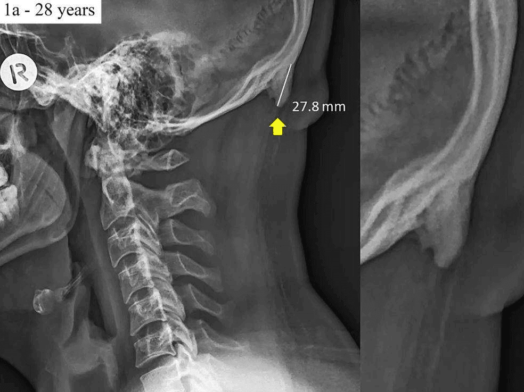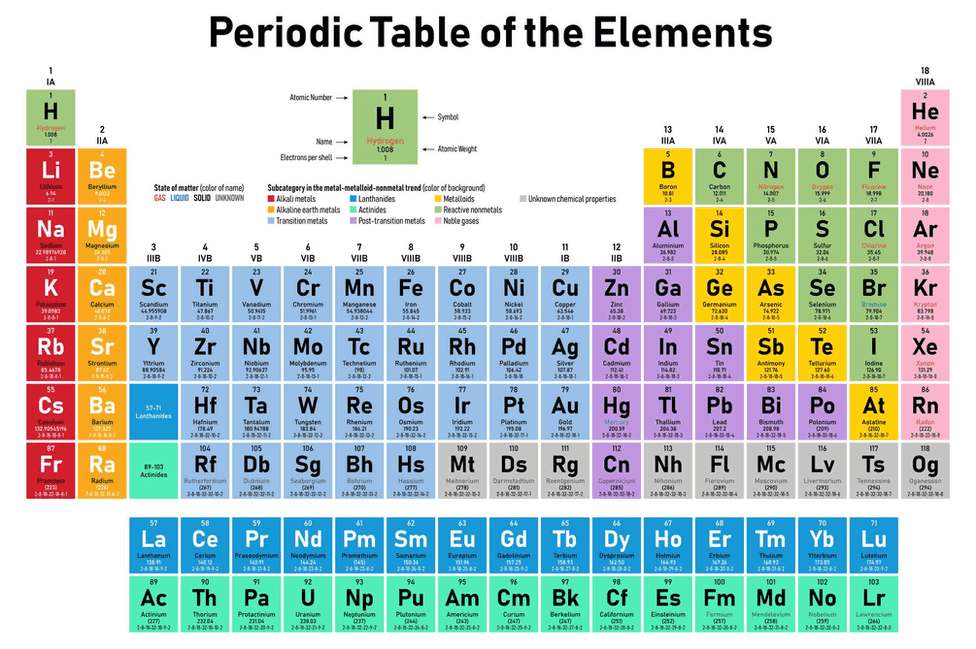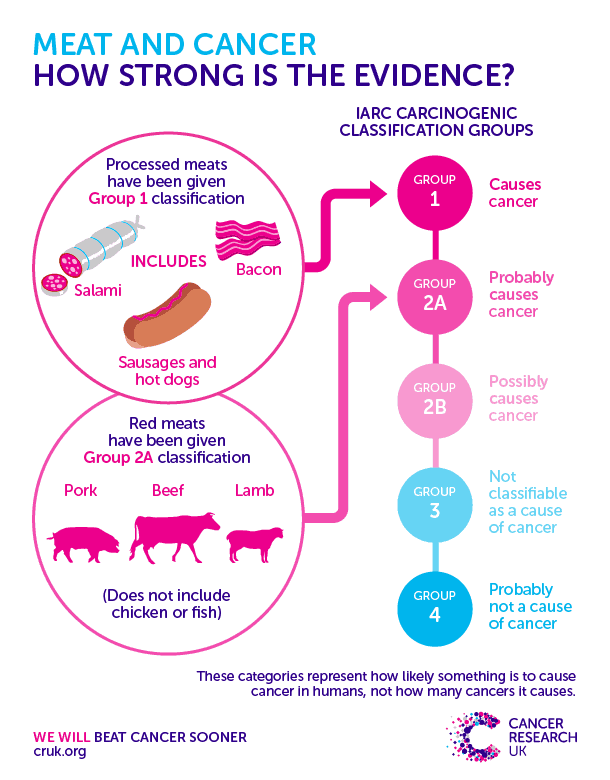Medical researchers recently reclassified a collection of membranes in the human abdominal cavity as a new organ. Called the mesentery, the structure has been known about for hundreds of years – Leonardo da Vinci made one the earliest descriptions of it back in the 16th century.
The mesentery has roles in the intestinal, vascular, endocrine, cardiovascular, and immunological systems, and the new understanding of this organ will change the way doctors and researchers understand diseases of the organs inside the abdomen.
Within the last few years the mesentery has been shown to consist of one continuous structure. It connects the large and small intestines to the inside of the abdomen and holds them in place. Previously it was thought to be composed of small, separate membranes and was not considered as important. Now the mesentery is officially classified as an organ and the well-known anatomy textbook, Gray’s Anatomy, has been updated to include the new definition.
The mesentery has roles in the intestinal, vascular, endocrine, cardiovascular, and immunological systems, and the new understanding of this organ will change the way doctors and researchers understand diseases of the organs inside the abdomen.
Read more about it in the Live Science article “Gut Decision: Scientists Identify New Organ in Humans” by Sara G. Miller and the Science Alert article “It’s official: A brand-new human organ has been classified” by Fiona MacDonald.














